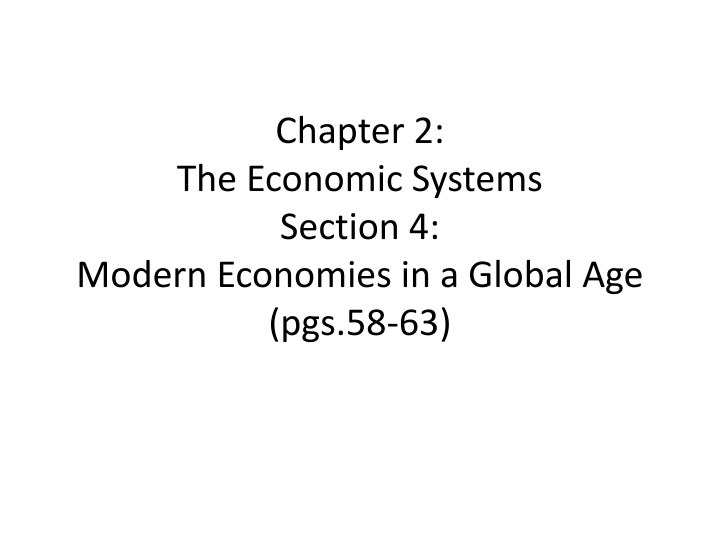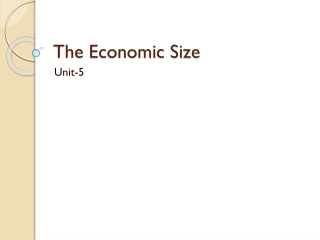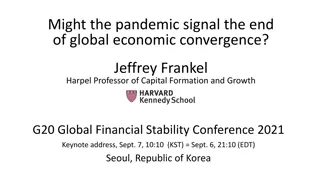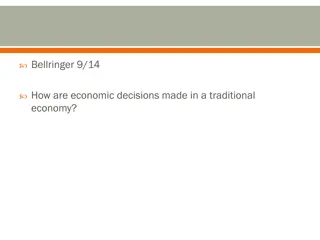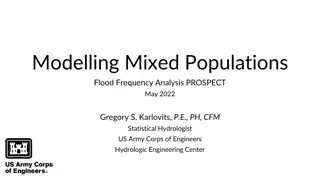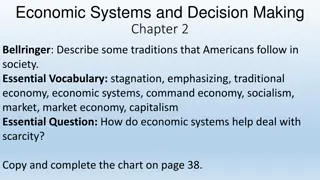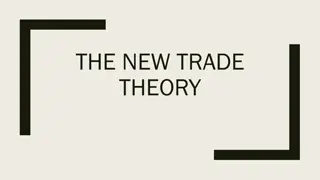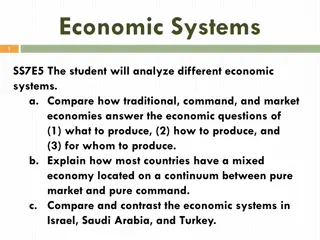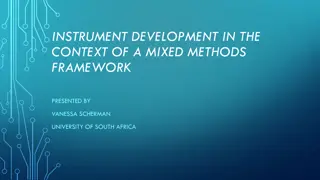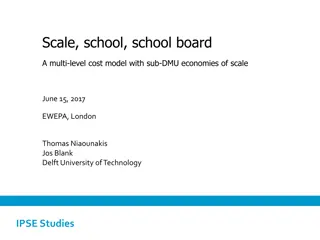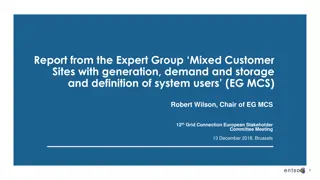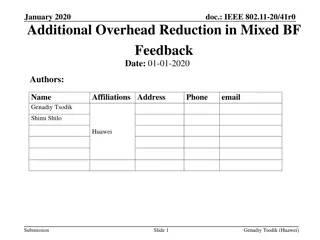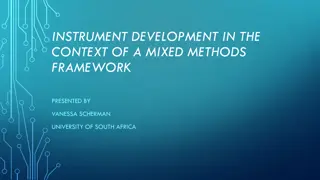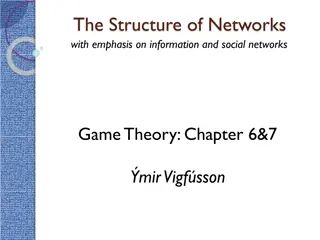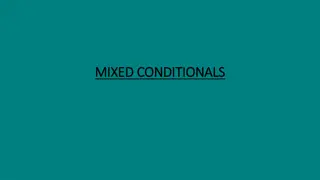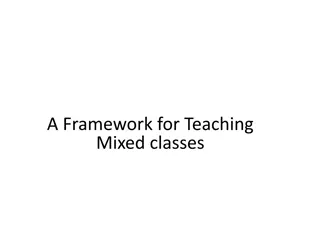Modern Mixed Economies: A Global Perspective
A mixed economy combines elements of traditional, command, and market economies, reflecting the complexities of modern economic systems. Explore how countries like the U.S., France, and Sweden navigate the balance between government intervention and market forces, shaping their unique economic landscapes. From private ownership in the U.S. to government involvement in key sectors in France and Sweden, each nation's approach offers insights into the diverse models of mixed economies in the global age.
Download Presentation

Please find below an Image/Link to download the presentation.
The content on the website is provided AS IS for your information and personal use only. It may not be sold, licensed, or shared on other websites without obtaining consent from the author.If you encounter any issues during the download, it is possible that the publisher has removed the file from their server.
You are allowed to download the files provided on this website for personal or commercial use, subject to the condition that they are used lawfully. All files are the property of their respective owners.
The content on the website is provided AS IS for your information and personal use only. It may not be sold, licensed, or shared on other websites without obtaining consent from the author.
E N D
Presentation Transcript
Chapter 2: The Economic Systems Section 4: Modern Economies in a Global Age (pgs.58-63)
A Mixed Economy A Mixed Economy is an economic system that has elements of traditional, command, and market economies. This is the most common type of economic system. Even the most strongly market- based modern economies have some elements of central planning. Similarly, market influences have penetrated all of today s command economies. And traditional economies have growing pressure from market influences. http://www.romeconomics.com/wp-content/uploads/2013/10/mixed-economy.png?50ff81
Life in a Mixed Economy http://bloximages.chicago2.vip.townnews.com/journalstar.com/content/tncms/assets/v3/editorial/e/f2/ef27b6d3-ef84-5909-b9d9-12b025bb54e8/5697dc1eb29d9.image.jpg?resize=620%2C270 Let s look at a farm family at harvest- time The family has customs, like who does what job, that represent a traditional economy. The command aspects of the economy are reflected in the ways that government is involved, like transporting crops on FM roads and state highways. The farmer s kids go to the local school and they get paid minimum wage at their jobs in town. And the grandparents get Social Security. The market aspects of the economy are represented in the private property rights and entrepreneurship. Also, they sale their crops on a competitive market, hoping to make a profit.
Types of Mixed EconomiesThe U.S. http://www.mapsofworld.com/usa/images2011/usa-map.gif Although all modern economies are mixed, they often emphasize one type of system. The driving forces in the U.S. economy are private ownership and markets, making it a essentially a market economy.
Types of Mixed Economies Europe, France http://www.operationworld.org/files/ow/maps/lgmap/fran-MMAP-md.png Many of the western European nations have more of an even mix of market and command economies. For example, France has tried to find a middle way between socialism and capitalism. After WWII, they leaned toward socialism, but by the 1980s their people were tried of government owned industry, t/f the government pulled back from banking and insurance. Even so, the government still controls energy, transportation, communications, & defense. On top of social services, including health care and education.
Types of Mixed Economies Europe, Sweden Sweden is a mixed economy but it has much greater government involvement then France. The government owns about 1/3 of all Swedish companies. Swedish citizens receive cradle to grave social benefits. This includes college, health care, dental care, paid time off for raising families, and generous old-age pensions In return the Swedish pay very high taxes, (up to 60%). http://www.operationworld.org/files/ow/maps/lgmap/swed-MMAP-md.png
Types of Mixed EconomiesNamibia http://www.operationworld.org/files/ow/maps/lginset/nami-LMAP-md.png Namibia has a large number of people engaged in subsistence farming, following traditional production methods. Since the 1990s, the government has been pushing a market-driven approach, including foreign investment in farming and other businesses. The government hopes this will provide more economic opportunities for their citizens.
Trends in Modern Economies Economies are always changing, in response to changes in natural, social, and political conditions. In the 1990s, for example, some Eastern European economies experienced abrupt change when their command systems economies broke down after the collapse of the U.S.S.R. Many of their economies have been making reforms to introduce more market elements. http://0.tqn.com/d/goeasteurope/1/0/w/-/-/-/revised-eastern-europe-map.jpg
Trend 1 Changes in Ownership Economies in transition often go through predictable processes. One is to nationalize, which means to change from private ownership to government or public ownership. This happened in the U.K. after WWII, with their coal, steel, and RR industries. To privatize means to change from government or public ownership to private ownership. This happened in the 1990s in Eastern Europe and Russia, after the collapse of the U.S.S.R. http://geology.com/world/map/map-of-russia.gif
Trend 2 Increasing Global Ties The global economy is all the economic interactions that cross international boundaries. One reason for increasing global ties is the opening up of the world s markets. Another reason for the growth of the global economy is the development of faster, safer, and cheaper transportation. In addition, telephone and computer linkages have made global financial transactions quick, inexpensive, and easy. Globalization also has been enhanced by cross-border business partnerships. http://www.moroccoworldnews.com/wp-content/themes/goodnews45/framework/scripts/timthumb.php?src=http://www.moroccoworldnews.com/wp-content/uploads/2011/10/GLOBALIZATION1.jpgh=400w=600zc=1 https://littleusgoneglobal.files.wordpress.com/2015/03/fast-food.jpg
